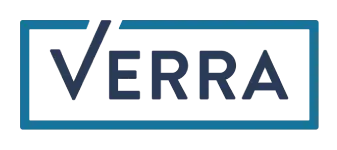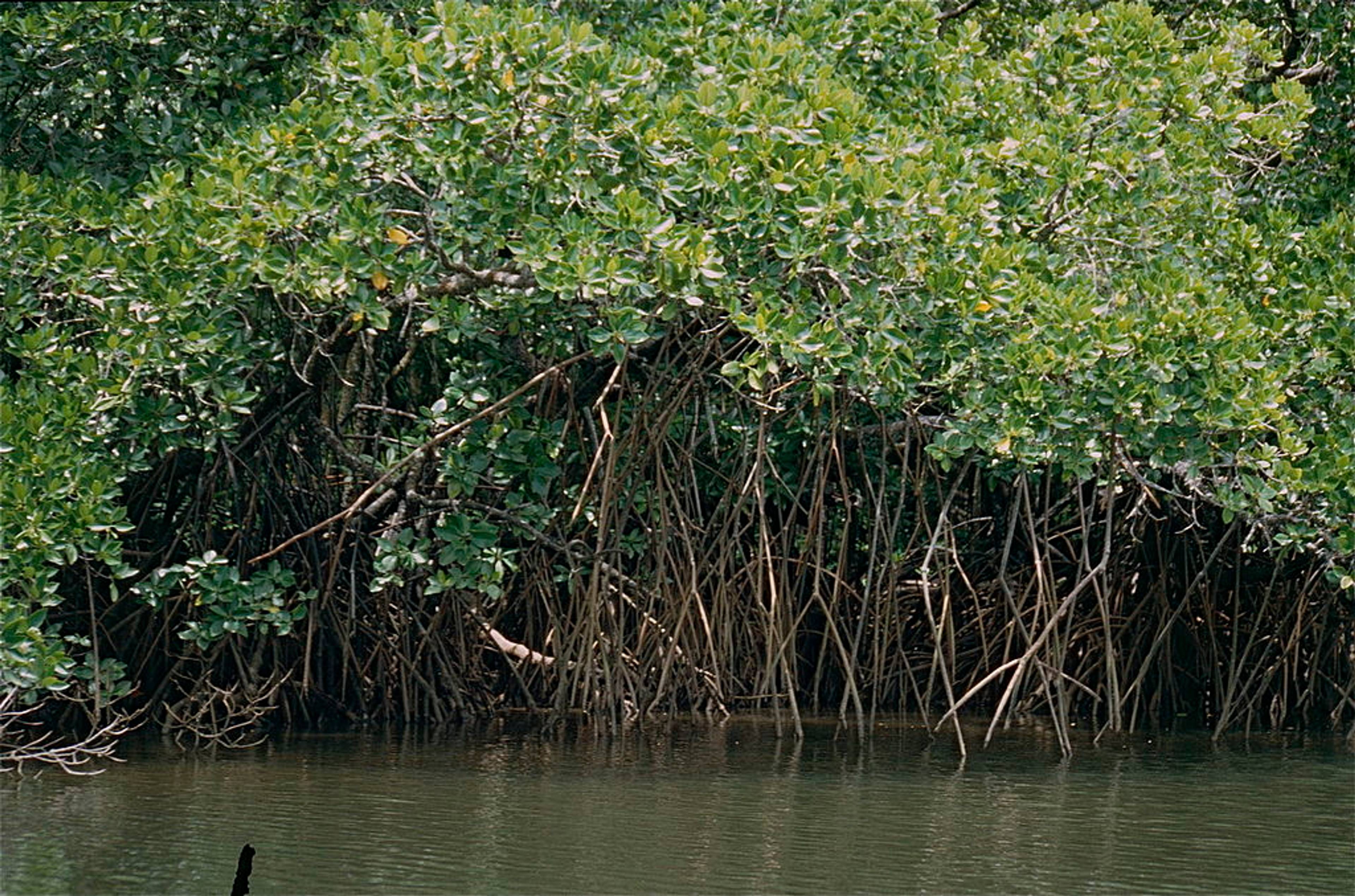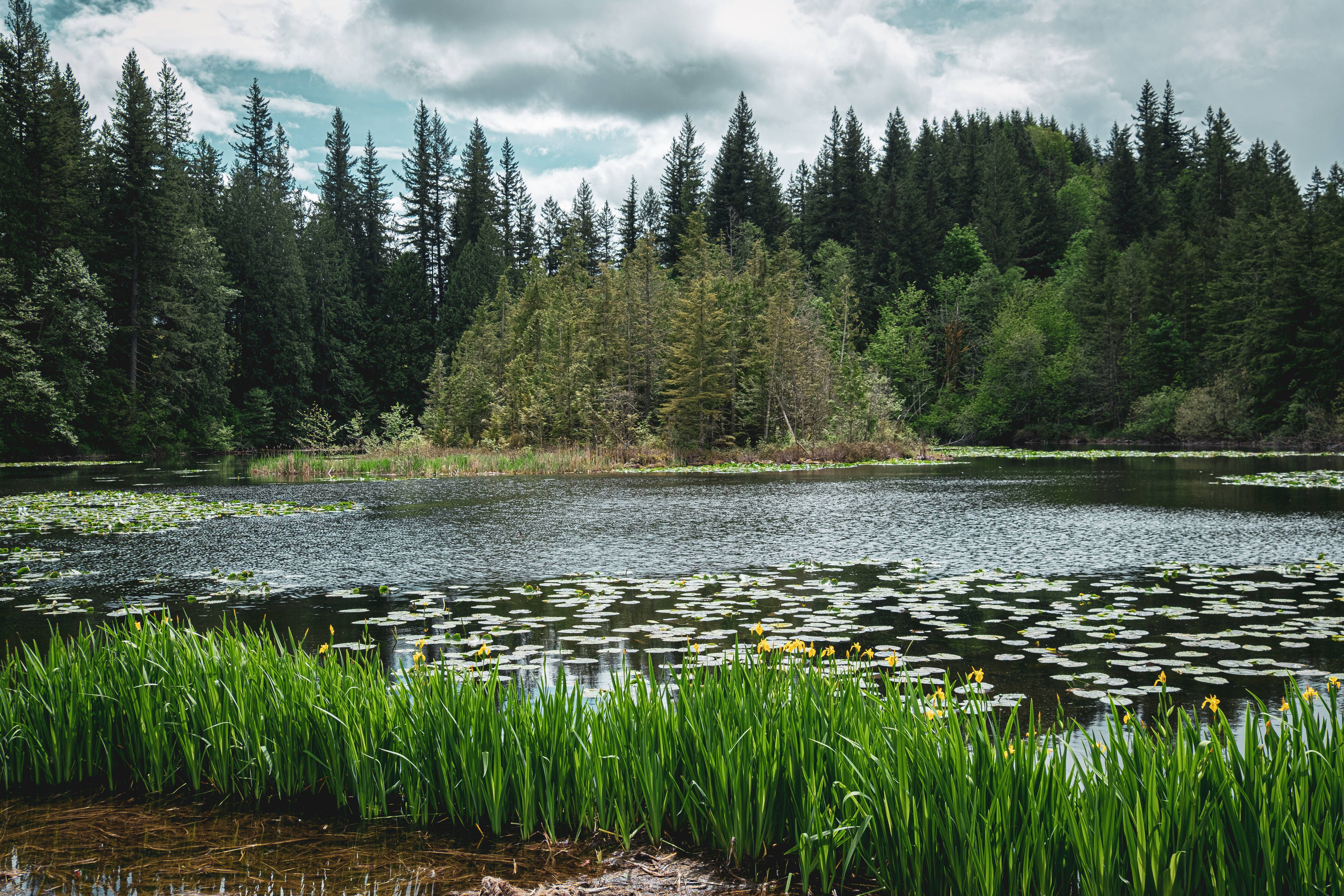Afognak
United States
3,327 ha
Developer: 3GreenTree Ecosystem Services
The Afognak improved forest management project takes place on Afognak Island, Alaska, approximately 650km southwest of Anchorage. The project area consists of old growth sitka spruce stands, nonproductive open areas, and previously clearcut areas with dense grasses, shrubs, and sporadic sitka spruce regeneration. The land is jointly owned by the American Land Conservancy (ALC) and the Rocky Mountain Elk Foundation (RMEF). Prior land use history included aggressive clearcutting for commercial logging operations, a practice that continues in the region outside of the project area. Further clearcuts were once planned for the project area but were abandoned when the land transferred to ALC and RMEF.
Connect with our team to learn more about this project and how Pachama can support your nature strategy.
Critical bear species find habitat in the far northern climate protected by the Afognak project.
1 / 7
1/4
Quality check
Quality insights
Increasing overall ecosystem diversity in a high-logging region
Project Description
pdf
2017 Verification Document
pdf










